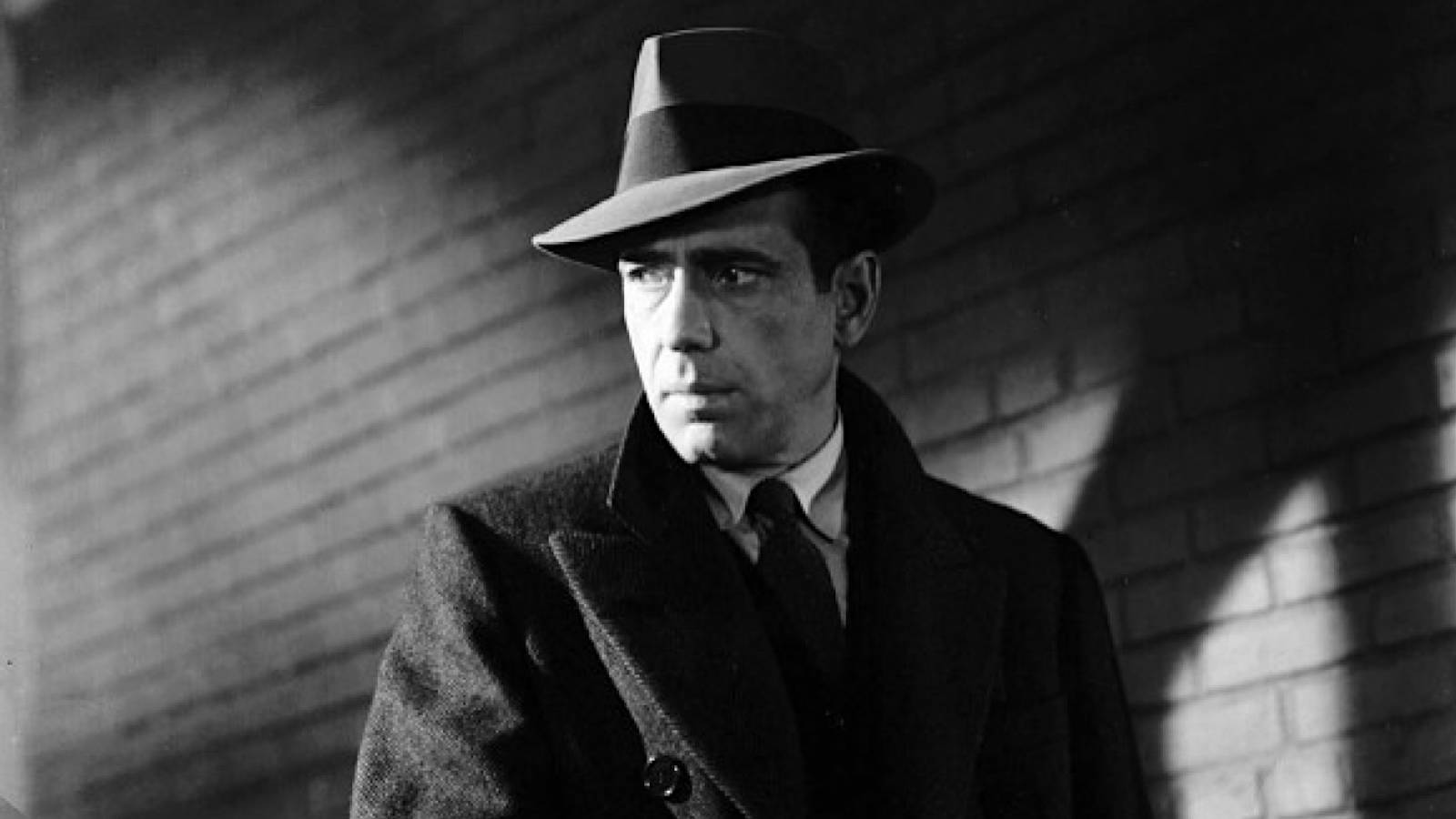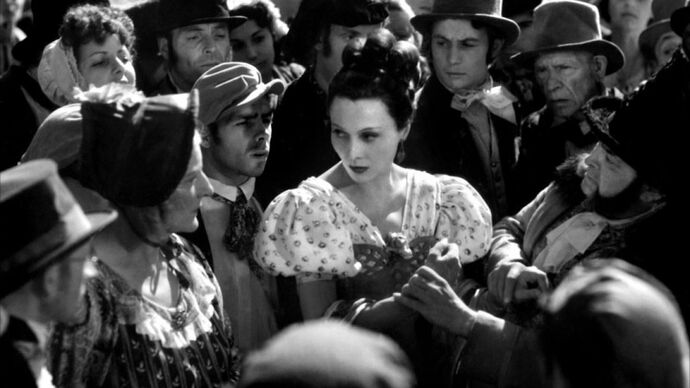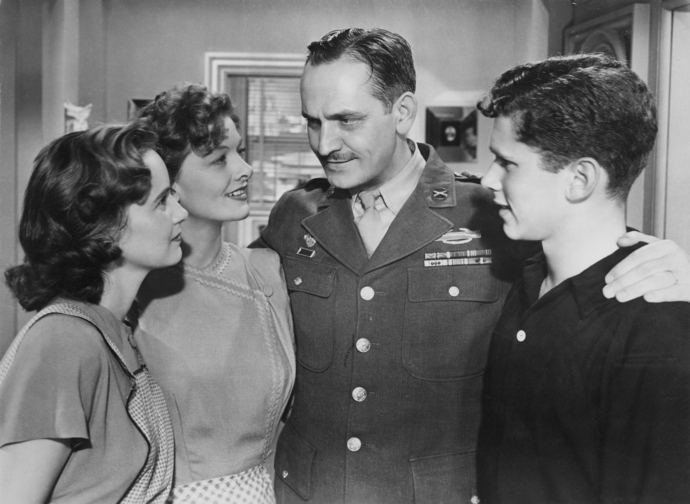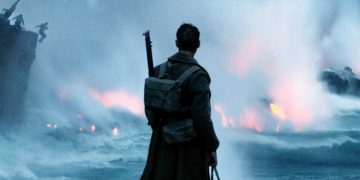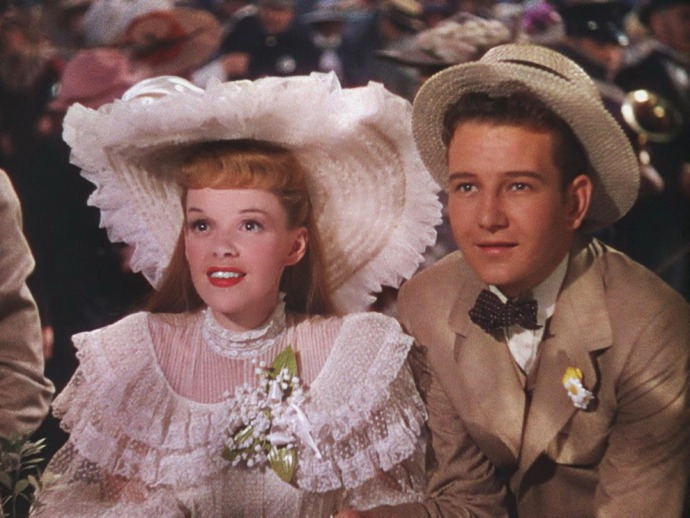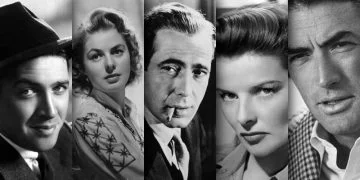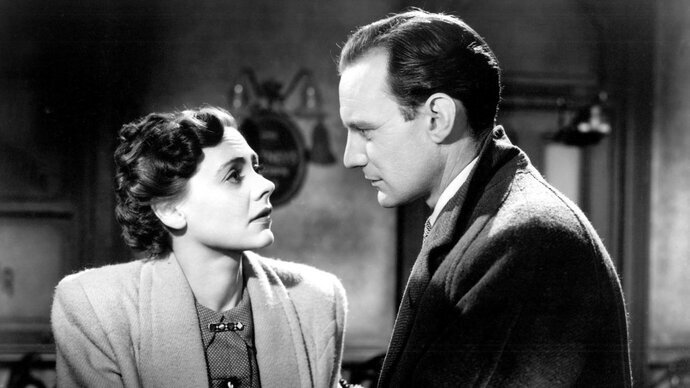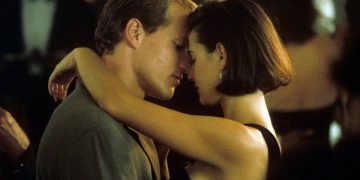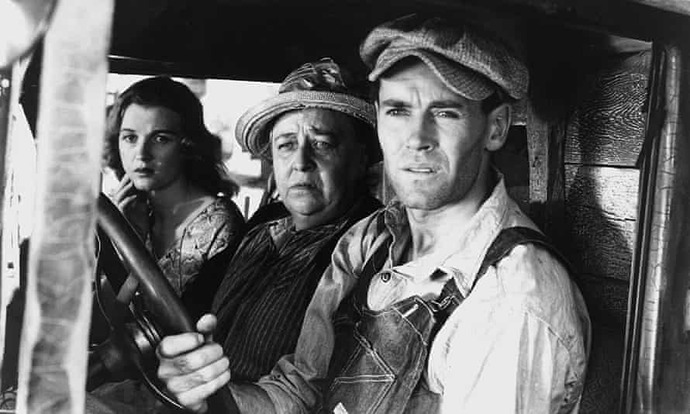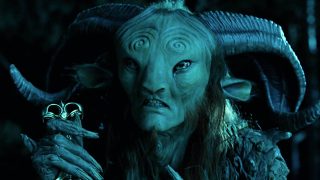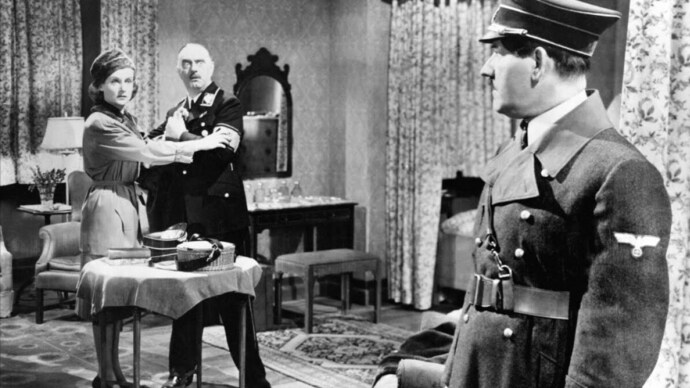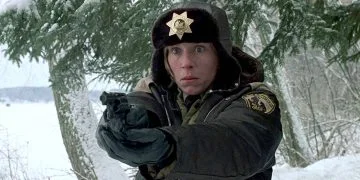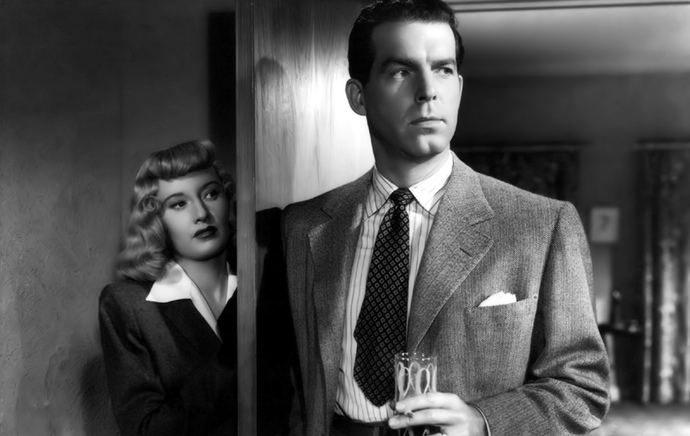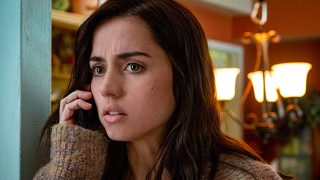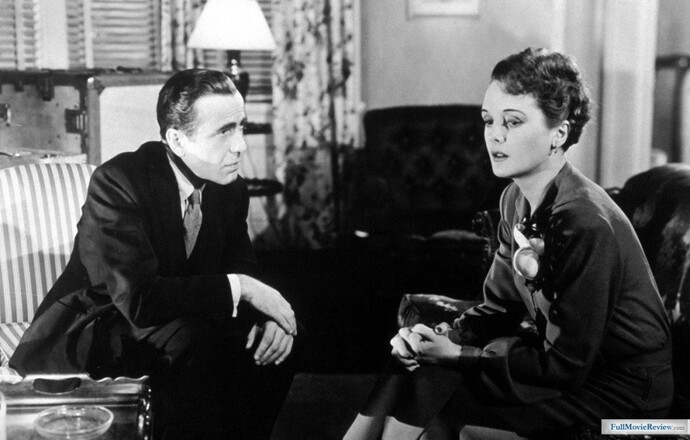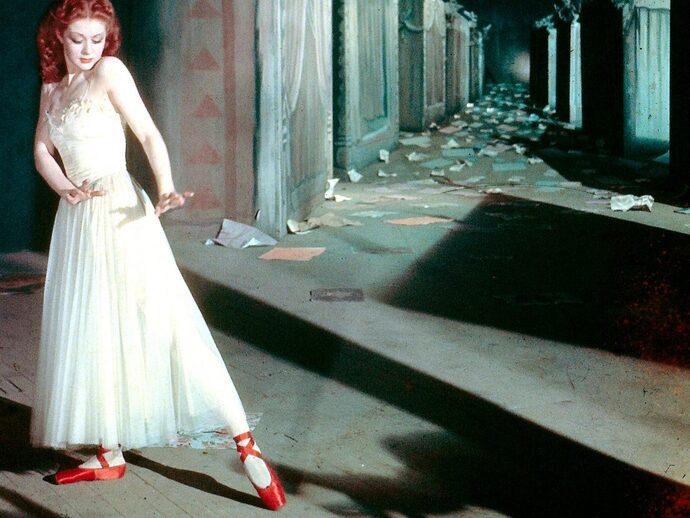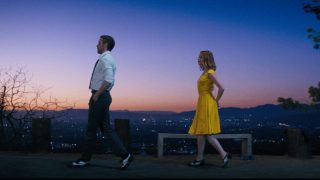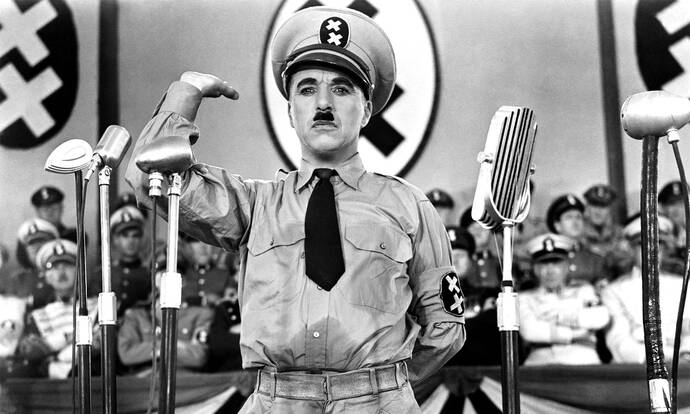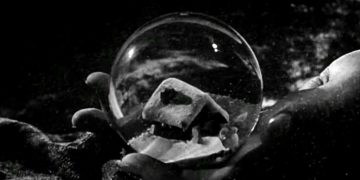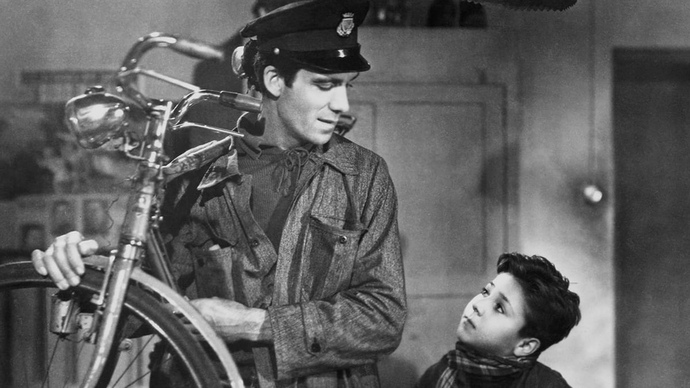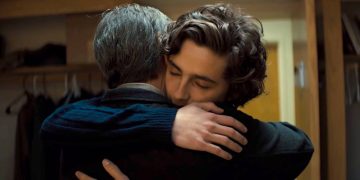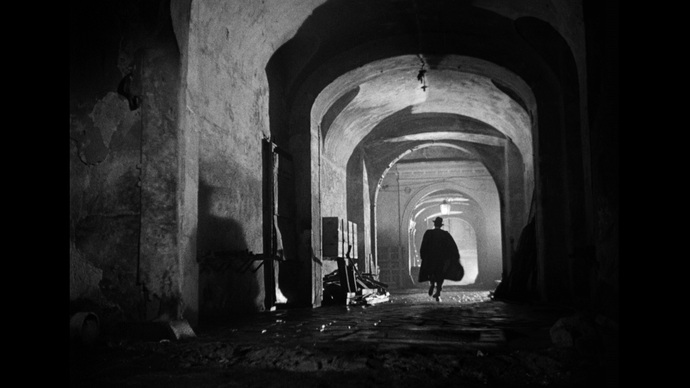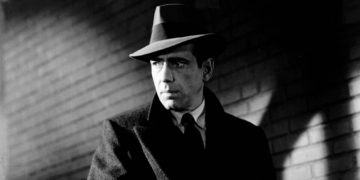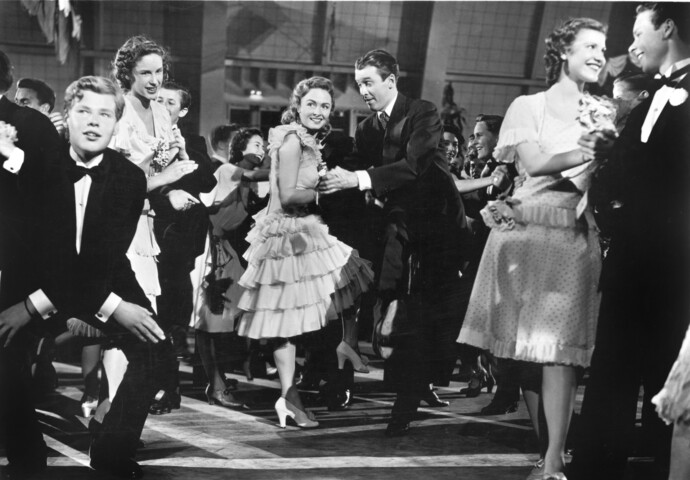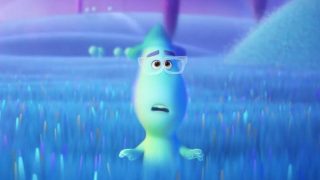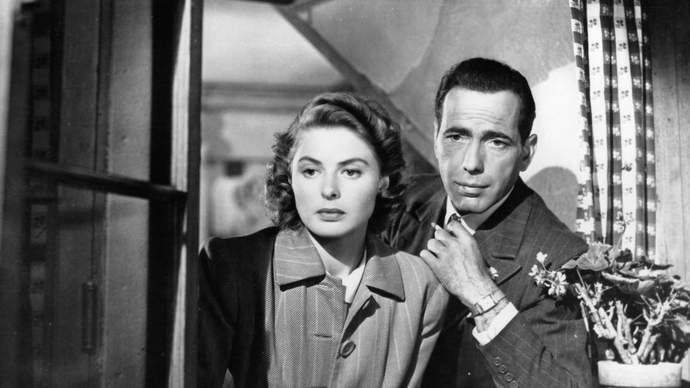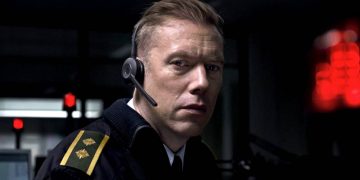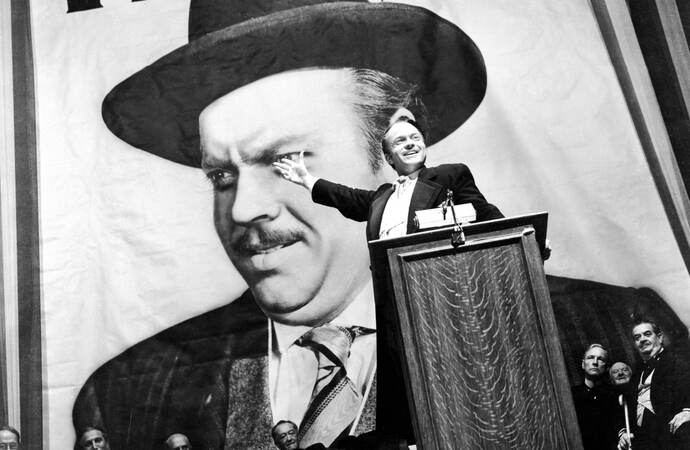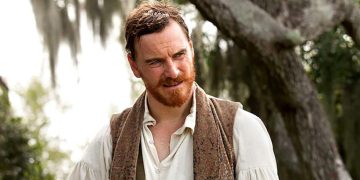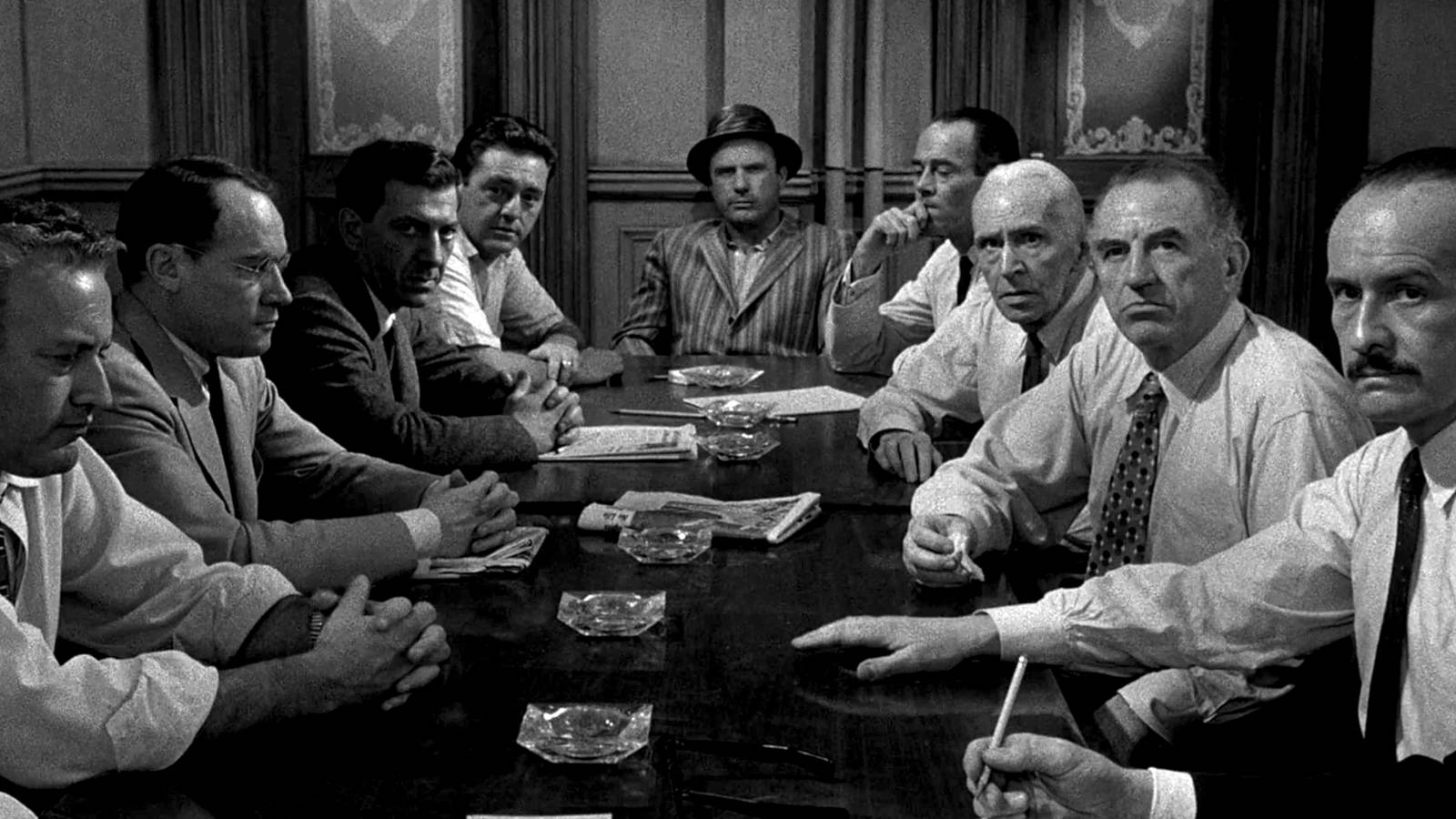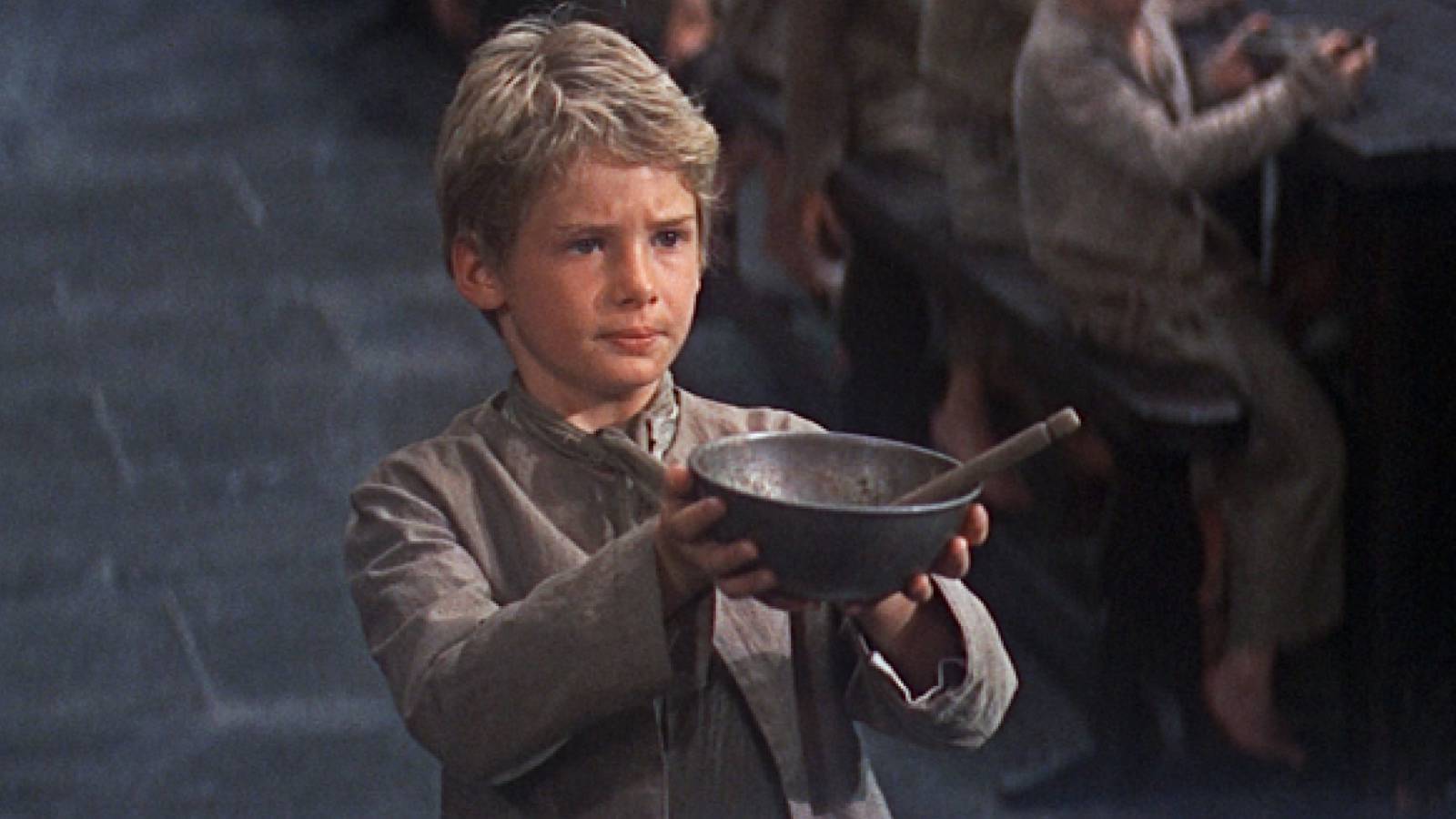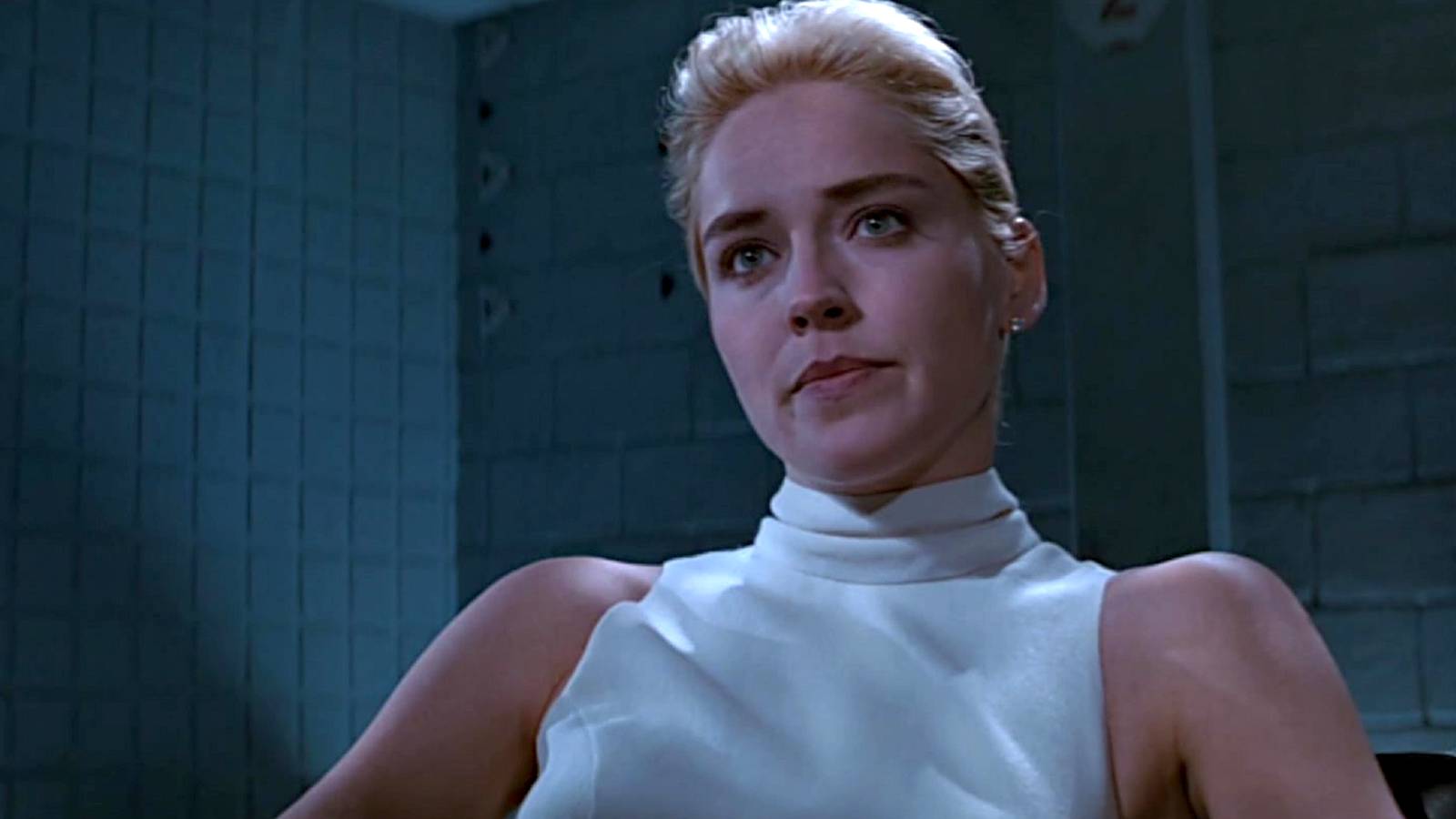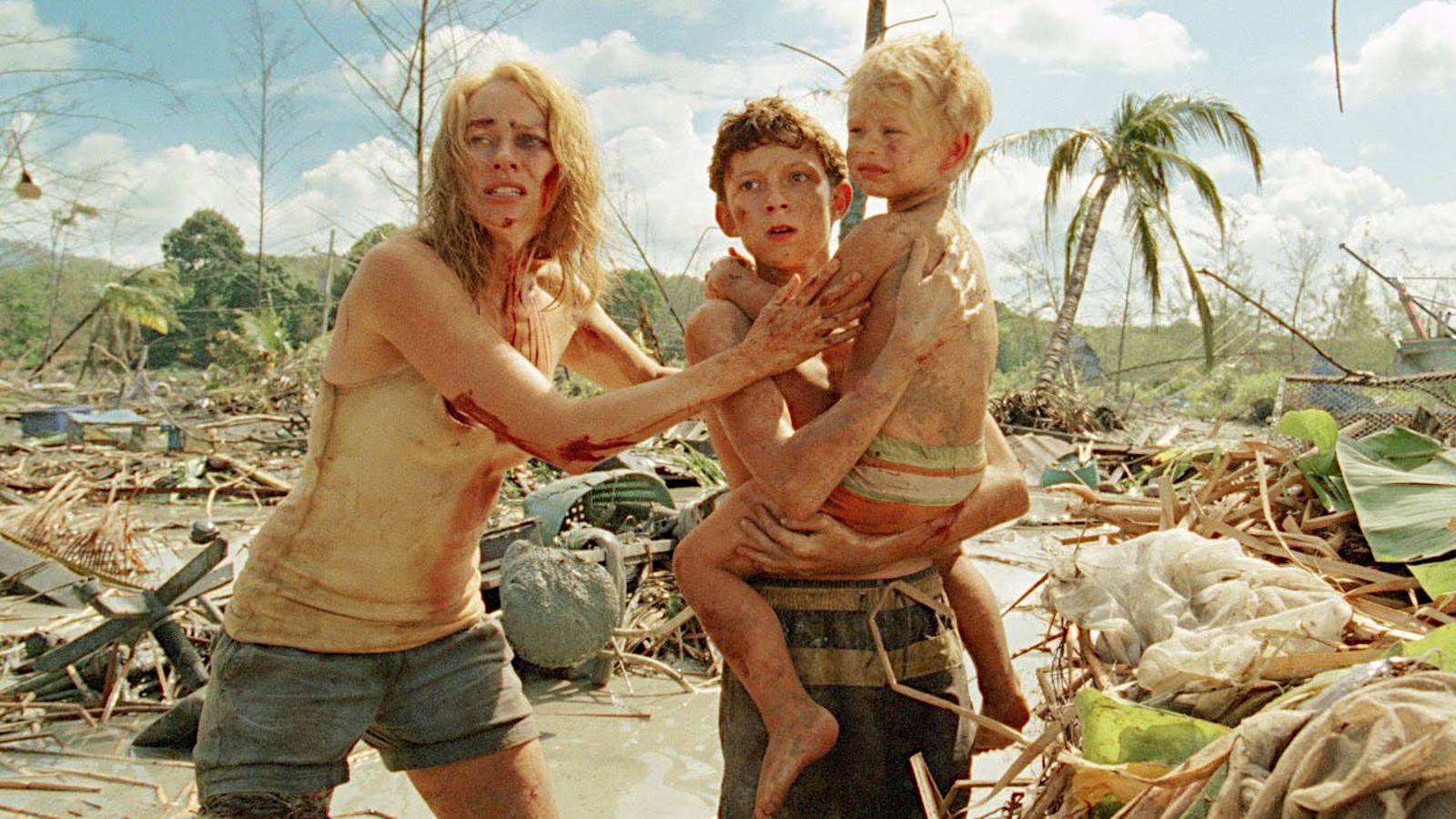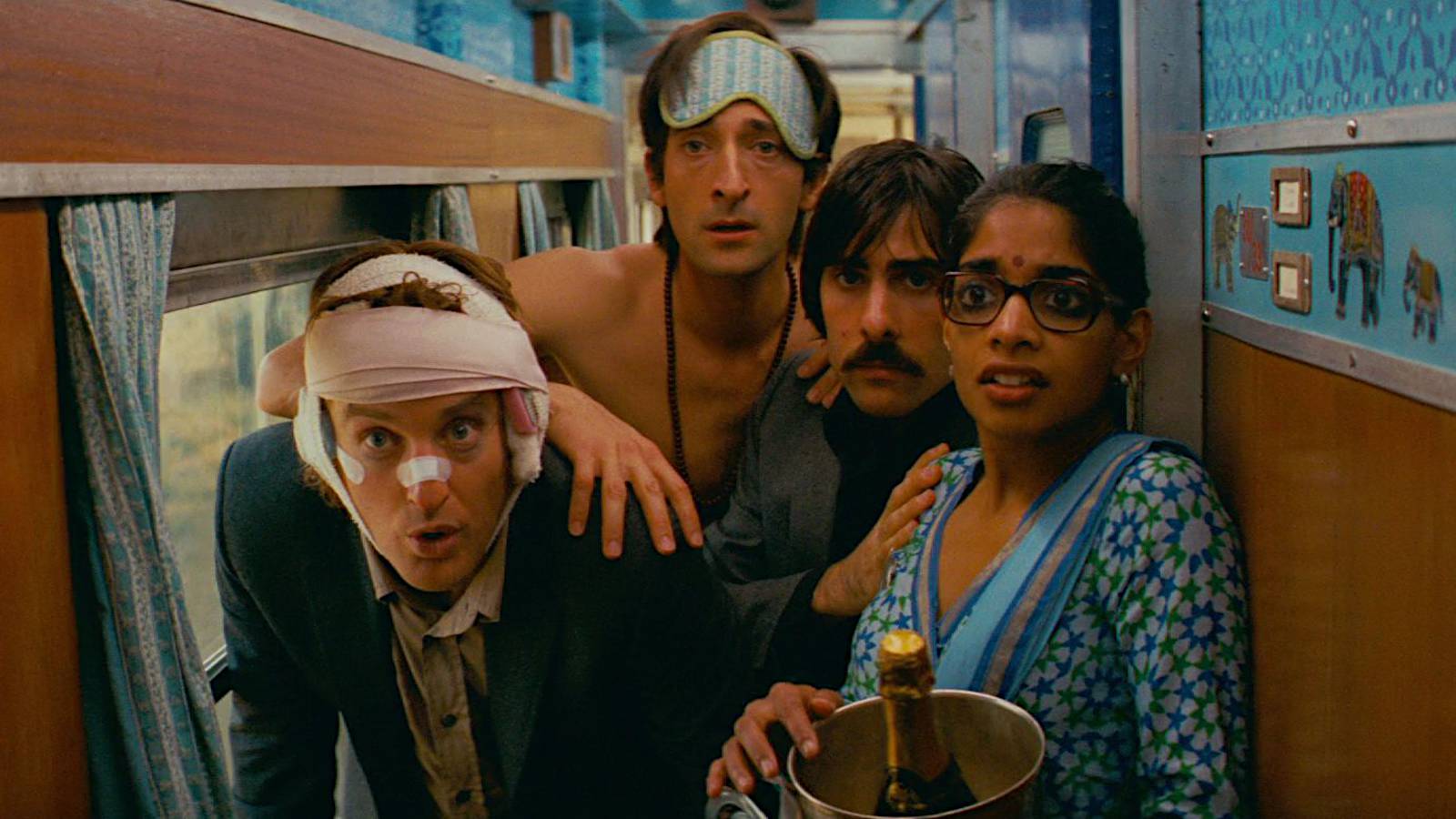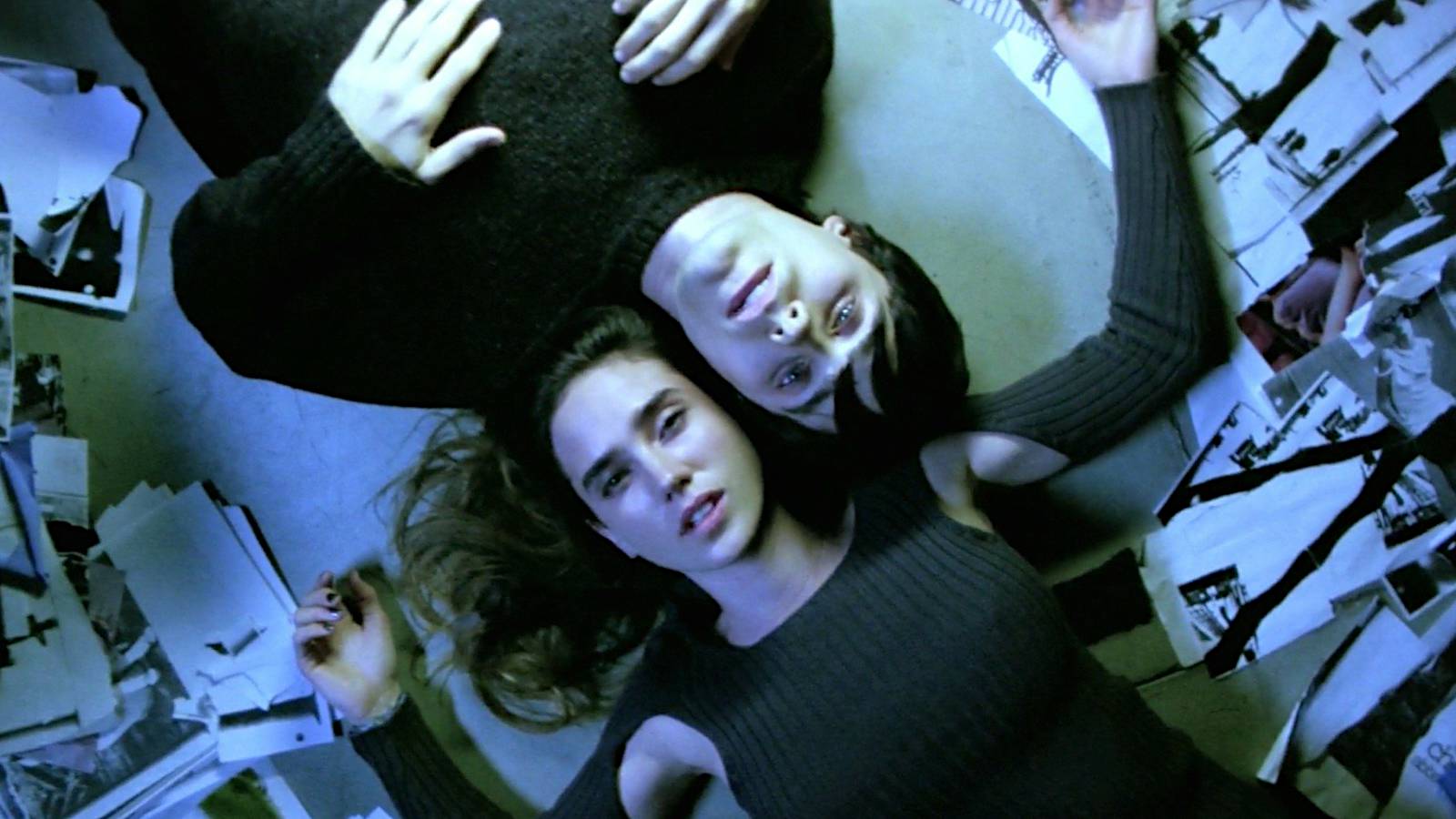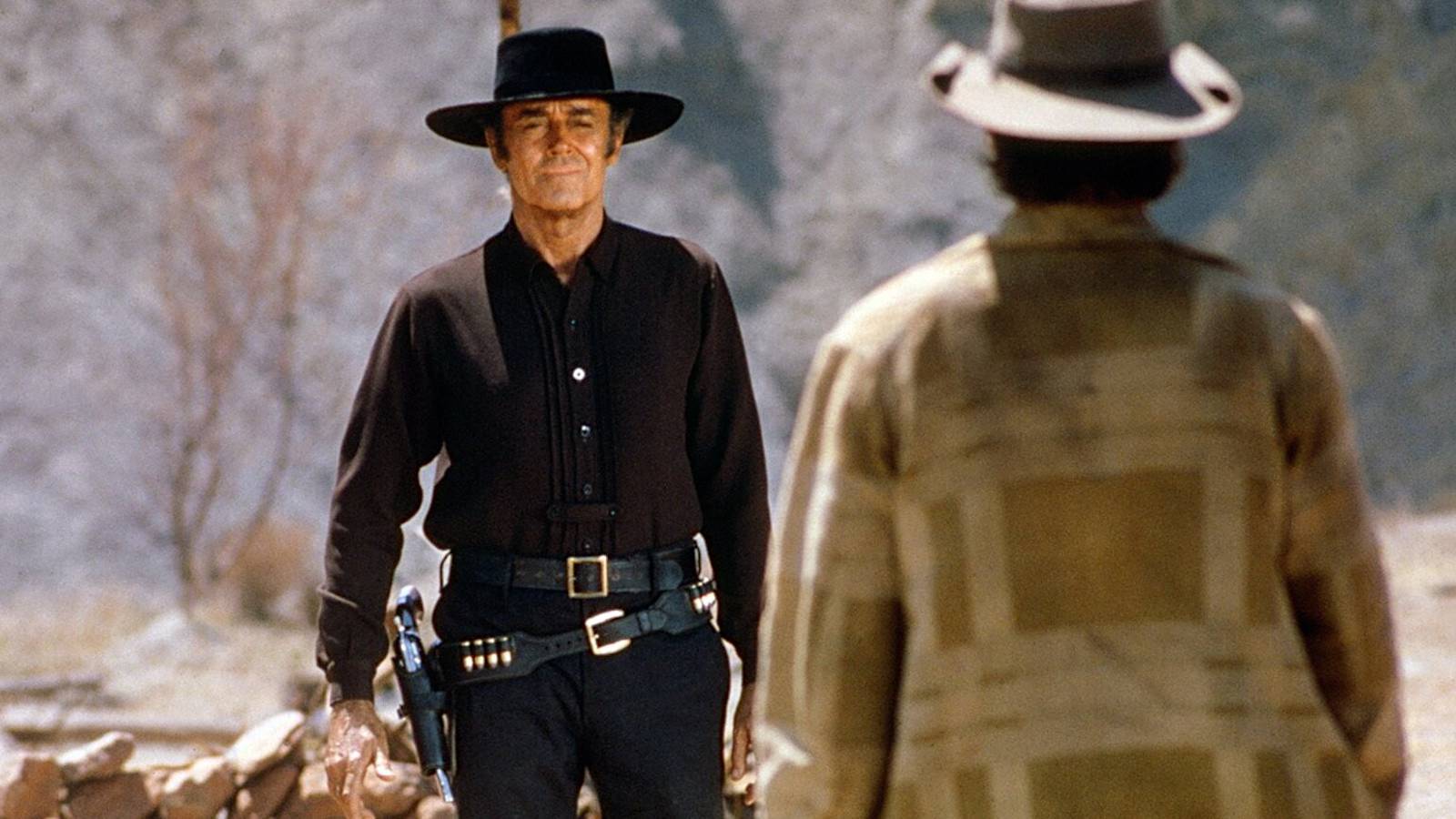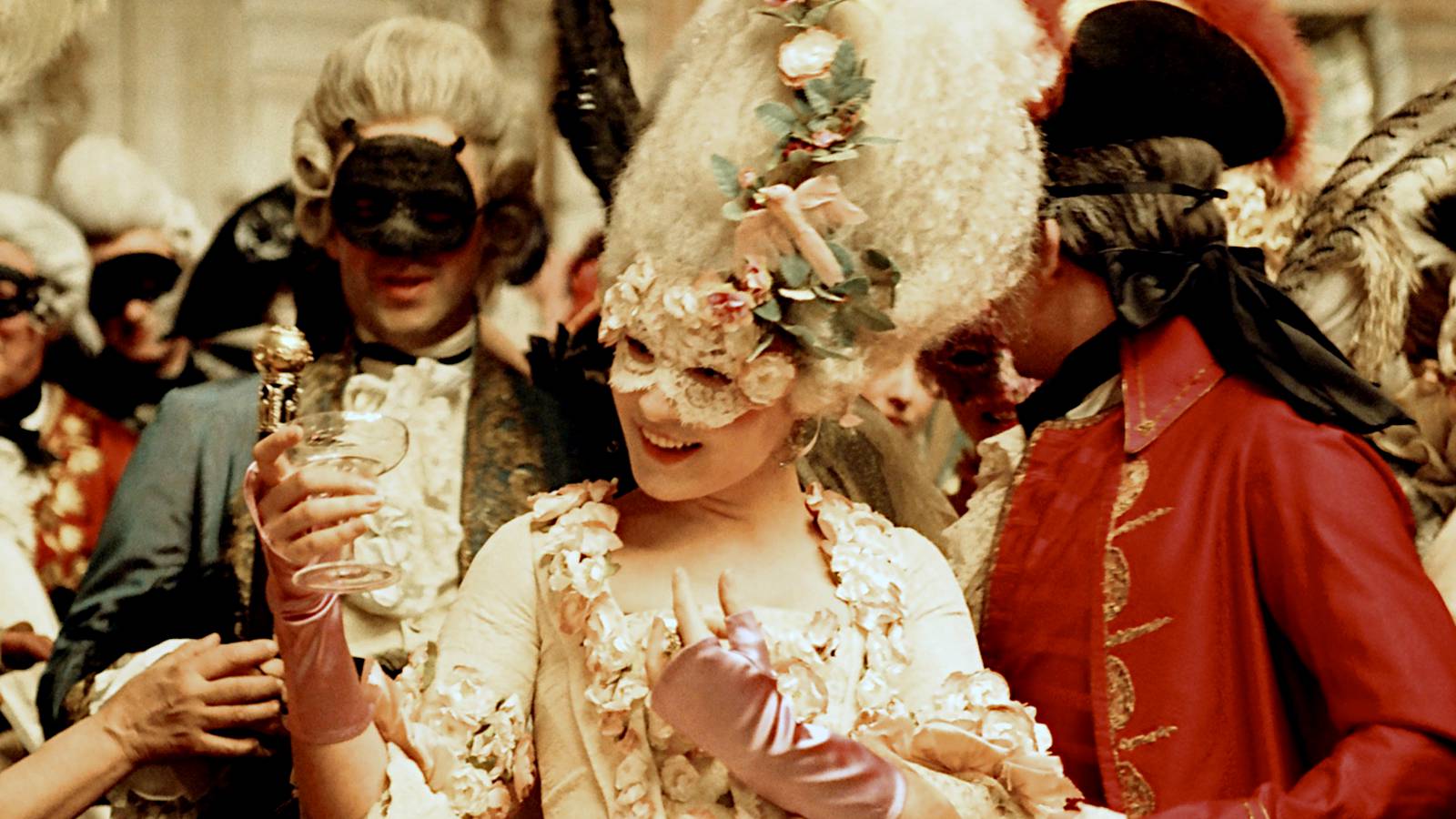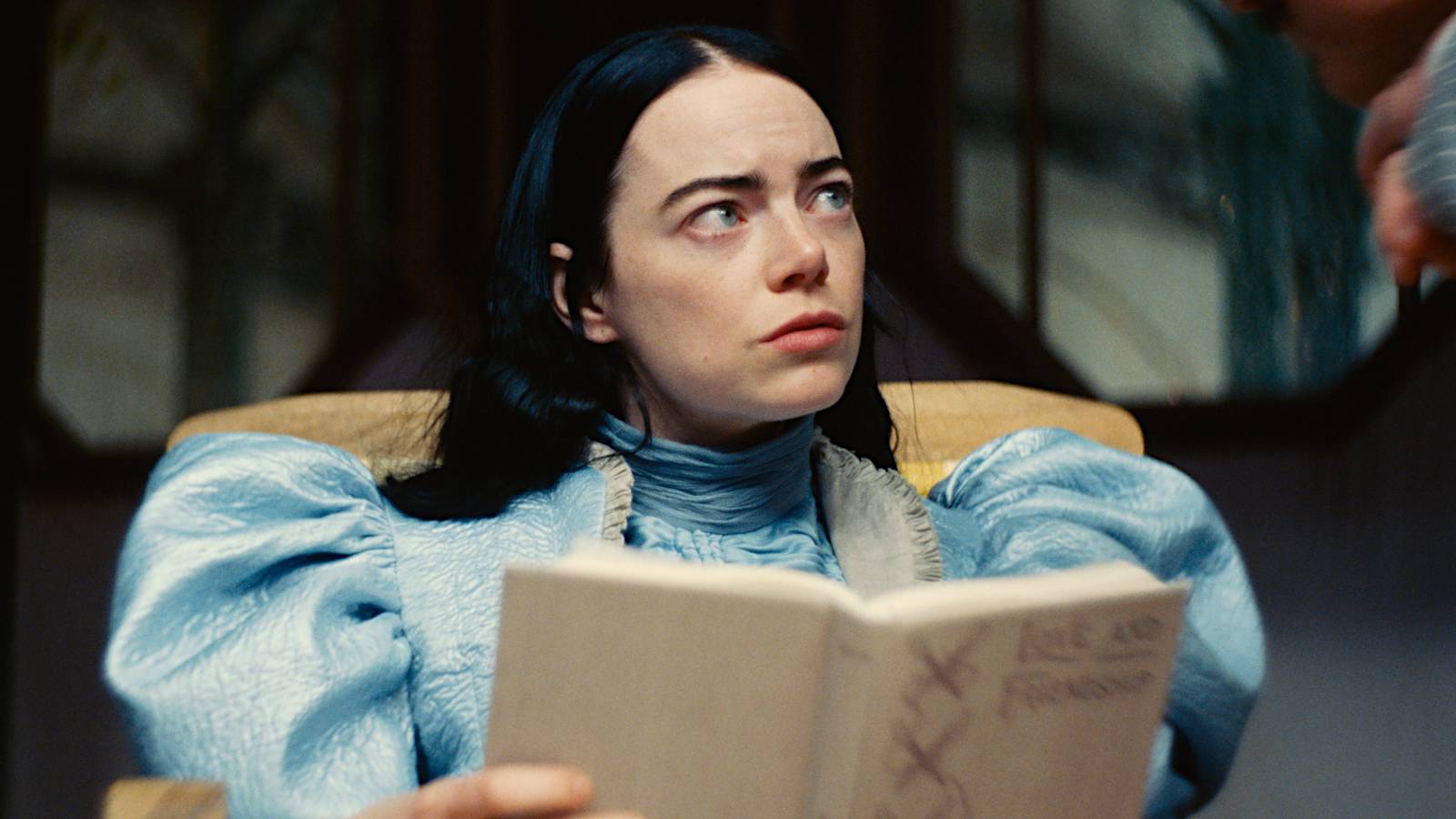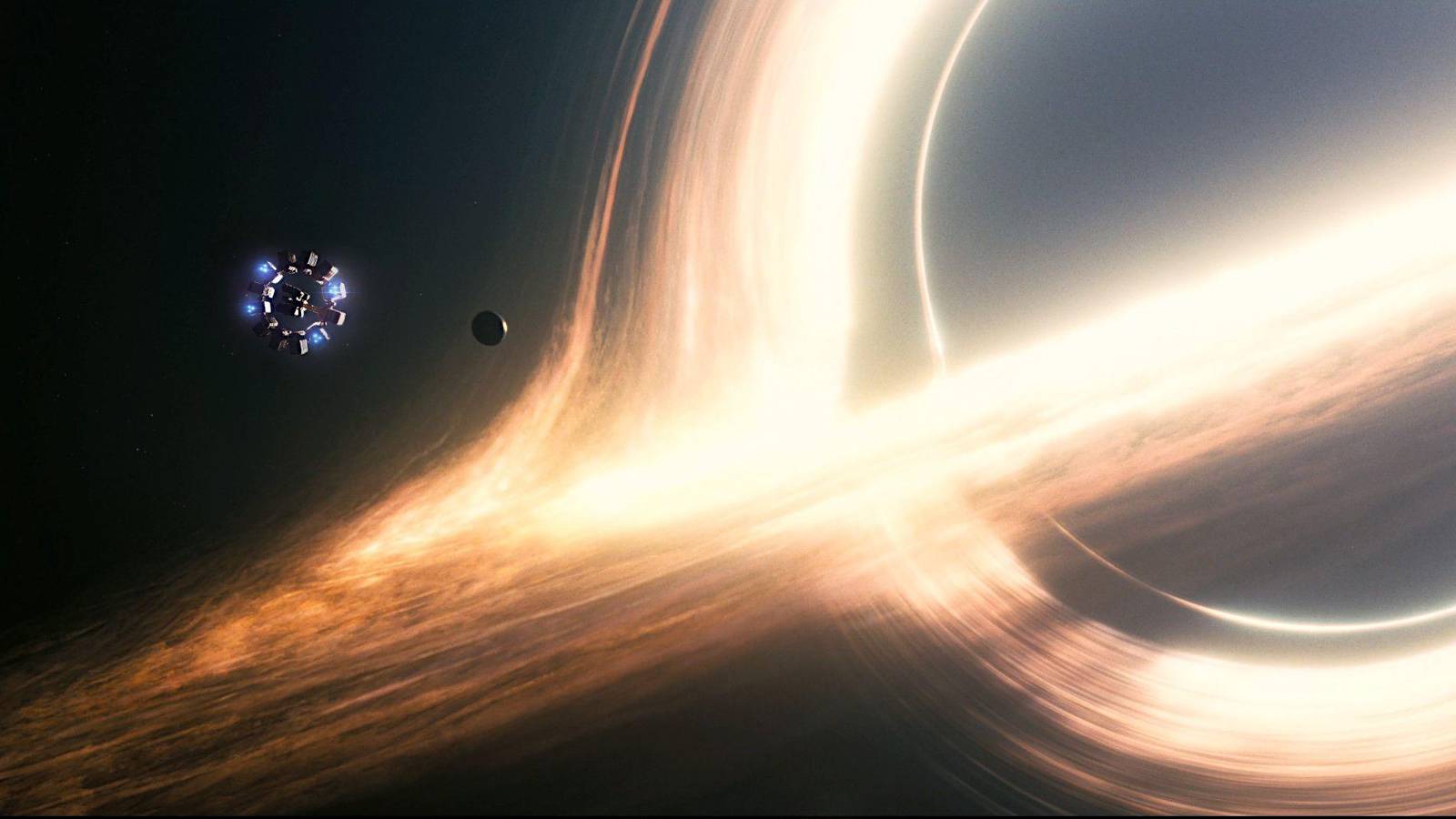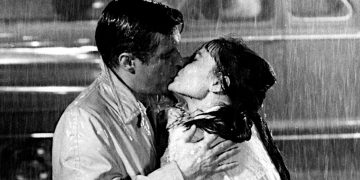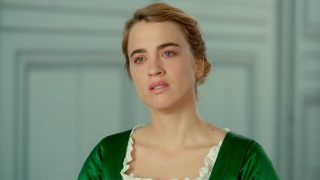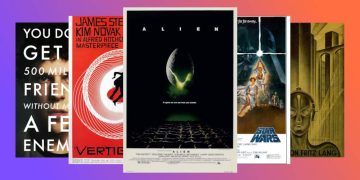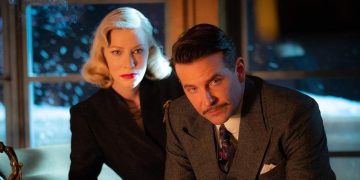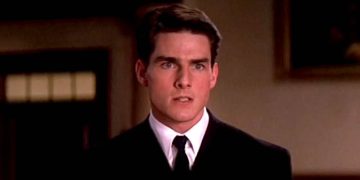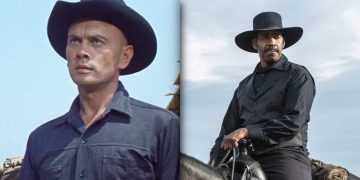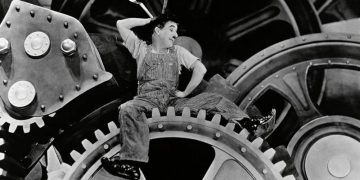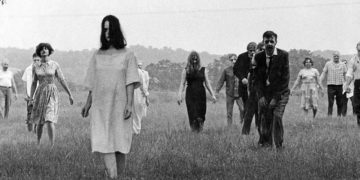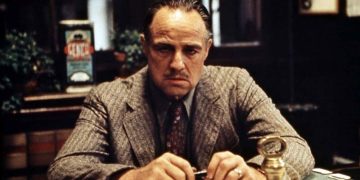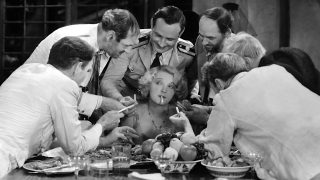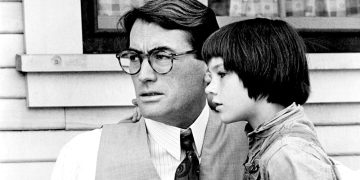15. Children of Paradise (1945)
Settle in for over three hours of French romance, unfolding inside a bustling 1840s Paris.Children of Paradiseis split into two parts, which took a while to film due to wartime conditions in Vichy France and Occupied France between 1943 and 1945.
With huge names like François Truffaut, Truman Capote, and Marlon Brando praising this film as “the best movie ever made,” it just speaks volumes to its brilliance.
At the center ofChildren of Paradiseis Claire Reine (played by Arletty), a beautiful young courtesan (i.e. an upper-class prostitute) who’s loved and pursued by four different men.
Marcel Carné is the director ofLes Enfants du Paradis, which better translates toThe Children of the Godsin English (because the title references the second balcony of theaters).
Related:The Best Romance Drama Movies
14. The Best Years of Our Lives (1946)
A heartwarming war epic from William Wyler,The Best Years of Our Livesfollows three war veterans who return to civilian life after serving in the Second World War.
It’s quite an adjustment after the chaos of the war-torn sea and skies; from USAAF bombardier to soda jerk, the three men struggle to integrate back into normal everyday society.
Harold Russell, Fredric March, and Dana Andrews star in this down-to-earth motion picture as its gallant themes and sensitive approach make it a movie way ahead of its time.The Best Years of Our Liveswon not one, not two, butsevenAcademy Awards!
Related:The Best War Movies Based on True Stories and Events
13. Meet Me in St. Louis (1944)
A Christmas musical perfect for any year,Meet Me in St. Louiswill warm your cockles and have you feeling festive in no time. The 40s were all about comforting family flicks, and this film is no exception.
Directed by Vincente Minnelli under Metro-Goldwyn-Mayer (back when the studio had more control than the director),Meet Me in St. Louisstars Judy Garland as Esther, a young girl battling the woes of family, friendship, romance, and courtship in 1904 Missouri.
The film is divided into four vignettes (one for each season) and punctuated with a bunch of classic tunes you’ve probably heard before—including Garland’s famous “Have Yourself a Merry Little Christmas.”
A critical and commercial hit,Meet Me in St. Louiswas MGM’s most popular musical of the whole decade.
Related:The Best Hollywood Golden Age Actors
12. Brief Encounter (1945)
Brief Encounteris a classic black-and-white heartbreak movie to watch while eating ice cream straight out of the bucket. It’s based on the one-act short playStill Lifeby Noël Coward, which David Lean turned into this gem of British cinema.
Many 1940s movies featured an affair central to the plot because adultery was a hallmark of the then-popular film noir genre. Even thoughBrief Encounterisn’t exactly a film noir, it does feature noir-like shadows and immoral themes.
On the whole, though,Brief Encounteris a passionate (if short lived) romance between Laura (played by Celia Johnson) and Dr. Alec Harvey (played by Trevor Howard) in the run up to World War II.
Related:The Best Movies About Cheating, Affairs, and Infidelity
11. The Grapes of Wrath (1940)
John Steinbeck’s famous 1939 novelThe Grapes of Wrathwas adapted into a movie by renowned filmmaker John Ford. The story focuses on theJoads family in Oklahoma who, like many Southern suburban families, fell victim to the economic collapse of the 1930s.
The hardships of the Great Depression force the family on the road, to become migrant workers in California. It’s a grueling journey full of hunger, strikes, and death—which Ford captures perfectly.
Realism and melodrama are perfectly balanced, with Henry Fonda starring as the evicted farmer and doomed head of household.
Related:Famous Movie Directors and Their Cinematic Styles, Explained
10. To Be or Not to Be (1942)
There have been a handful of successful comedies about world wars and totalitarian leaders, which is surprising given the grim subject matter. (ThinkJojo Rabbit,The Death of Stalin, andThe Interview.)
The key to success is making sure the humor is clean, sensitive, and self-aware, which Ernst Lubitsch did inTo Be or Not to Be.
Here, a comedy troupe is placed in Nazi-occupied Warsaw, where they foolishly try to disguise themselves from occupational troops.
Of course, some viewers were bound to find the film in bad taste, and that includes the father of one of the stars, Jack Benny, who—once he gave it a go—ended up watching the film 46 times over!
Related:The Best Black Comedy Movies
9. Double Indemnity (1944)
Based on James M. Cain’s 1943 novel,Double Indemnitystars Fred MacMurray as an insurance salesman who’s seduced into a murder plot by the alluring Phyllis Dietrichson (played by Barbara Stanwyck).
The case is put under investigation by Barton Keyes (played by Edward G. Robinson), where dark truths are brought to the surface.
Billy Wilder’s psychological thriller was one of the first noir films ever made, defining the genre with its key conventions of the femme fatale, private investigator, shadowy atmosphere, and sinister storyline.
Related:The Best Whodunit Murder Mystery Movies of All Time
8. The Maltese Falcon (1941)
Next to Jimmy Stewart, Humphrey Bogart was the main man of 1940s Hollywood. One of Bogart’s most famous performances is in the crime-thrillerThe Maltese Falcon, directed by John Huston.
LikeDouble Indemnity, the illicit themes, private investigator protagonist, and black-and-white cinematography swimming in shadows all makeThe Maltese Falconperfect for any film noir fan.
Bogart plays the private investigator Sam Spade, who’s visited by Ruth Wonderly (played by Mary Astor) as a client looking for her sister.
This cover story proves to be a ruse, and Sam ends up embroiled in a mission to find a valuable statuette: the bejeweled Maltese falcon.
Related:The Most Famous MacGuffin Examples in Movies, Explained
7. The Red Shoes (1948)
To dance or to fall in love? That is the question. Based on the 1845 fairy tale by Hans Christian Andersen,The Red Shoestells the story of a ballerina torn between her career and her blustering romance with composer Julian Craster (played by Marius Goring).
Moira Shearer was already an established dancer before debuting in Michael Powell and Emeric Pressburger’s movie collaboration, twirling herself on stage in a pair of red slippers that forge a will of their own.
The operatic drama received widespread critical acclaim and exemplifies an early use of the vivid Technicolor.
Related:The Best Movies With Beautiful Color Palettes (And What They Mean)
6. The Great Dictator (1940)
Charlie Chaplin’s lovable persona of The Tramp appeared in most of his movies, from 1921’sThe Kidto 1936’sModern Times. But as brilliant as those films are, Chaplin’s greatest work remainsThe Great Dictator, which doesn’t feature The Tramp at all!
Here, Chaplin plays two opposing characters: a Jewish barber and the ruthless dictator Adenoid Hynkel. (If the name and mustache didn’t give it away, Adenoid is a clear satire of Adolf Hitler.)
Chaplin had to be careful in how he handled this caricature, as it could’ve easily come across as insensitive to the still-fresh horrors of the Holocaust. But he struck a perfect balance between entertaining gags and timely (and timeless) messages of tolerance.
Related:The Best Classic Movies of All Time
5. Bicycle Thieves (1948)
Of all our picks, this is the one to watch if you’re in the mood to bawl your eyes out.Bicycle Thievesis a father-son wartime movie based on Luigi Bartolini’s 1946 novel, which has similar qualities to Roberto Benigni’s Italian comedy-dramaLife Is Beautiful.
Directed by Vittorio De Sica,Bicycle Thievesis a socioeconomic exploration of poverty in post-World War II Italy, where Antonio (played by Lamberto Maggiorani) must drag his son around in search of his stolen bike.
Most agree thatBicycle Thievesis the greatest film to come out ofthe Italian Neorealism movement, which gave voice to the working class and often filmed on-location with non-professional actors.
Related:The Best Movies About Father-Son Relationships
4. The Third Man (1949)
Orson Welles was one of the most prolific filmmakers of the 1940s, even causing quite the stir with his all-too-realistic radio broadcast of H. G. Wells’s 1898 novelThe War of the Worlds.
Citizen Kaneis the filmmaker’s most popular and studied work, but some of the more sophisticated critics preferThe Third Man, which unfurls in post-war Vienna (where most of the film was shot).
Like most film noirs of the time,The Third Man’s visuals echo that of German Expressionism, adopting chiaroscuro lighting and a handful of Dutch angle shots.
Joseph Cotten stars as an American author who comes to Vienna to accept a job from his friend Harry Lime (played by Orson Welles), only to find out Lime has mysteriously died.
Related:The Best Film Noir Movies
3. It’s a Wonderful Life (1946)
It’s a Wonderful Lifecould well be the greatest Christmas movie ever made. It’s been referenced in pop culture countless times and played on pretty much every TV screen in any Christmas film made since.
Frank Capra’s wholesome fantasy drama takes place on Christmas Eve in New York. After his career, finances, and dreams are shattered, George Bailey (played by James Stewart) contemplates suicide.
Luckily for him, a sweet old man named Clarence (played by Henry Travers) comes to save the day, claiming to be an angel.
George is shown what the world would have been like had he never been born, guiding him back to the light and reinvigorating his sense of purpose. How’s that for inspirational?
Related:The Most Inspirational Movies That Celebrate Life and Joy
2. Casablanca (1942)
Another Humphrey Bogart classic, this time playing an American expatriate during the Second World War. Rick Blaine is a nightclub owner in Casablanca. He’s mysterious, brooding, and cynical, refusing to accept drinks from any of his customers.
But when his former lover Ilsa (played by Ingrid Bergman) arrives at the bar, Rick must choose between proclaiming his love for her or helping Ilsa get smuggled out of Casablanca with her new husband.
Despite its A-list cast, nobody expectedCasablancato become quite the enduring icon. It won multiple Academy Awards and steadily gained its status as one of the greatest films ever made.
Michael Curtiz’s romance-drama explores universal themes of love and sacrifice, but also acts as a reflection on political feelings of the time. The ending in particular has stuck with audiences… even 80 years later!
Related:The Best Movies About Redemption
1. Citizen Kane (1941)
Citizen Kaneisn’t just Orson Welles’s most famous movie. It’s often cited as the best filmever made. That’s mainly due to its revolutionary use of the film medium—both narratively and technologically—particularly inhow Welles famously used deep focus.
Citizen Kanerecounts the life of newspaper tycoon Charles Foster Kane, whose cryptic final words cause much intrigue.
Reporter Jerry Thompson (played by William Alland) is sent to investigate the meaning of the phrase “Rosebud,” which Kane whispered while on his death bed.
The quasi-biographical film was controversial at the time, clearly using real-life media barons as inspiration for Kane’s anti-heroic character. But that only made its daring release that much more exciting!
Related:Toxic Masculinity in Movies, Explained (With Examples)



![]()
